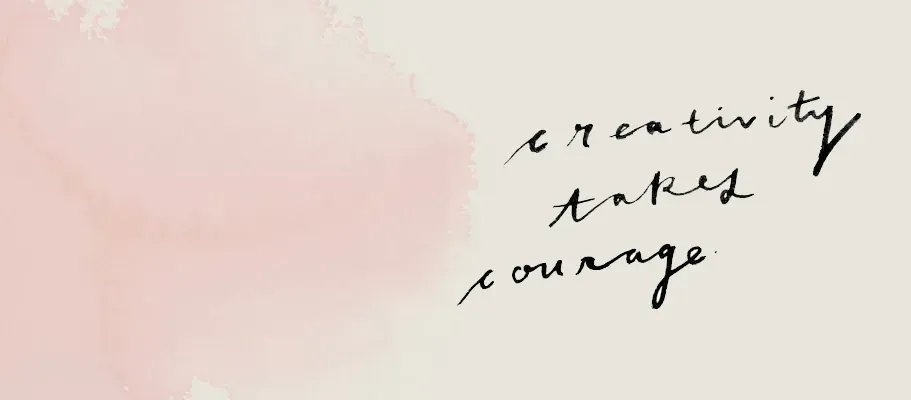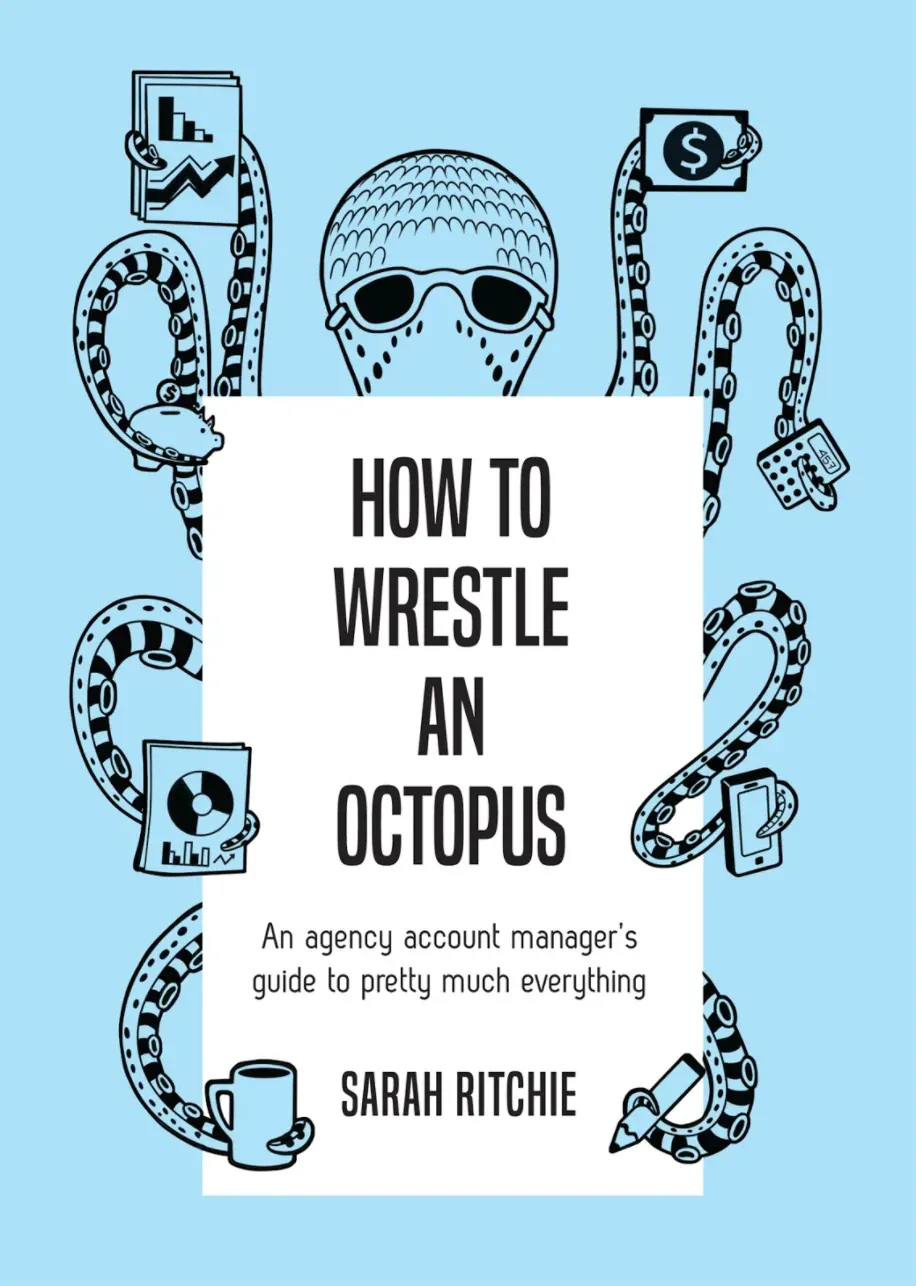Making a living from creative talent
Written by

So you want to earn your living as a creative. Cool.
Here’s the thing, though, you’re going to have to do more than create. You’re going to have to build a business as well.
This may sound daunting, but it’s actually exciting. To get some tips around how you can make this process easier, I caught up with Sarah Ritchie. Sarah is a design agency account manager and recruiter who has just published a book called How to Wrestle an Octopus: an agency account manager’s guide to pretty much everything.
Here are Sarah’s tips on turning your creative skill into a living that pays the bills.
Get the skills you need, quickly!
If you’re going out on your own, you’re going to be wearing a lot of hats. You’re going to be the accountant, the marketing manager, the salesperson and the creative person who does the actual work! Odds are, you don’t have all these skills.
The good news is that we live in the perfect time for this kind of thing. “YouTube is your friend,” says Sarah - there are all kinds of tutorials and guides all over the Internet. Also, lots of libraries (such as Wellington, Auckland, Rotorua, Hamilton and Christchurch) give you access to Lynda.com for free, which has online tutorials on all kinds of things.
Another good place to look is Business.govt.nz, which has lots of basic business guides, about things like filing GST and income tax - which you’ll need to do if you’re going out on your own.
The key is to be honest about your weaknesses, then fill these gaps as quickly and effectively as you can.
Find a market
The difference between just making art and making a living from art is that the latter has a market. That is, people who are willing to pay for the work you create. You need to find a market, or create one, in order to make a living as a creative.
The best place to start is to look at people who are already making a living in the same space as you. Then you have two options:
-
Do you want to compete directly with these people?
-
Do you want to complement what they offer?
Both of these options have strengths and weaknesses. If you decide to compete with the people who are already making a living, you have the advantage of knowing that people are prepared to pay for the product you are producing. The downside is that you have to directly compete with other people, which can be difficult.
The second option has the reverse strengths and weaknesses. When you start out, you won’t have any competition, because you’re offering a product in a new niche, or at a different price point. But you also don’t know if anyone wants to pay money for what you’re offering. So it’s up to you to weigh these two approaches up, and decide which one works for you.
Don’t be afraid to make compromises
One of the realities of making a living as a creative is that there may be a gap between the work you love to do and what people are willing to pay for. In fact, this is almost a certainty.
...there may be a gap between the work you love to do and what people are willing to pay for. In fact, this is almost a certainty.
This means you’re going to have to make compromises, particularly when you’re getting started. It’s ultimately up to you as to how much you want to compromise.
If you want to exclusively focus on your creative vision, and never change your work for anyone or anything, you may have a hobby, not a career. There’s nothing wrong with this, but you should accept it for what it is.
But if you are willing to make some compromises, have a think about how far you’re willing to go. If you’re a photographer, would you shoot weddings? What about family photos? If you can identify what you’re willing to compromise on, and what are your ‘bottom lines,’ you can be more confident in the kind of work you seek out, and the kind of work you ignore.
Ask for work, and learn how to get rejected
Here’s a harsh reality: you’re going to get rejected.
Here’s a harsh reality: you’re going to get rejected. If you want to make a living as a creative, you’re going to have to ask people for work. And not all of these people are going to say yes.
This will often have nothing to do with the quality of your work. It may just not be a good fit for what they want, or they may not have budget, or they may already have a creative they work with….there are all kinds of reasons that have absolutely nothing to do with you.
But it still stings! So try to get something positive out of every rejection. When people say “no,” ask them “why?”. If you’re getting the same answer over and over again, that will give you a clue as to what you may need to change.
And don’t worry - it gets easier. Every rejection you get puts you one step closer to someone who’s going to hire you, so just keep working through them and learning from them. You’ll be surprised at how quickly you develop a thick skin and learn to move on.
Ride the highs and endure the lows
Sarah knows all these struggles personally - she’s been working on her book for a couple years now. She says that “working as a creative has high highs, and low lows. It’s my passion for the work that gets me through the low points.”
So remember that every rough patch or low point will probably have a high point later on - you just need to work through it to get to where you want to be.
And if you want to learn more about the business end of creative work, keep an eye out for Sarah’s book. It’s just been published, and it will be available soon.
